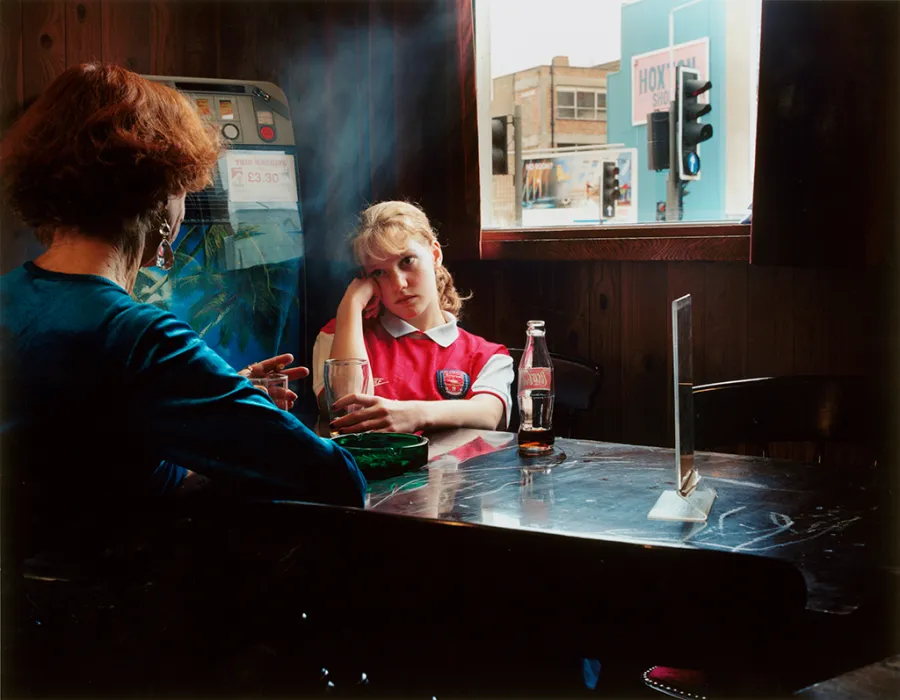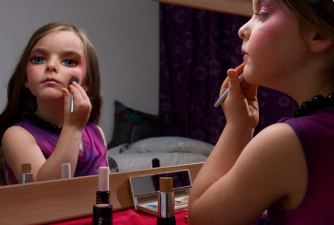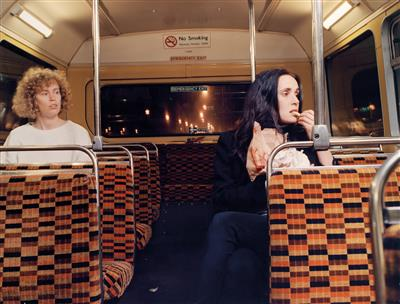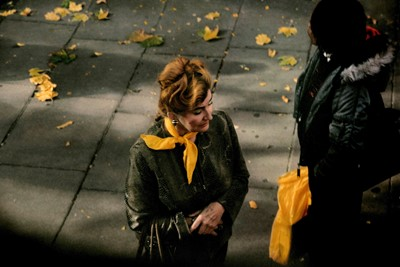
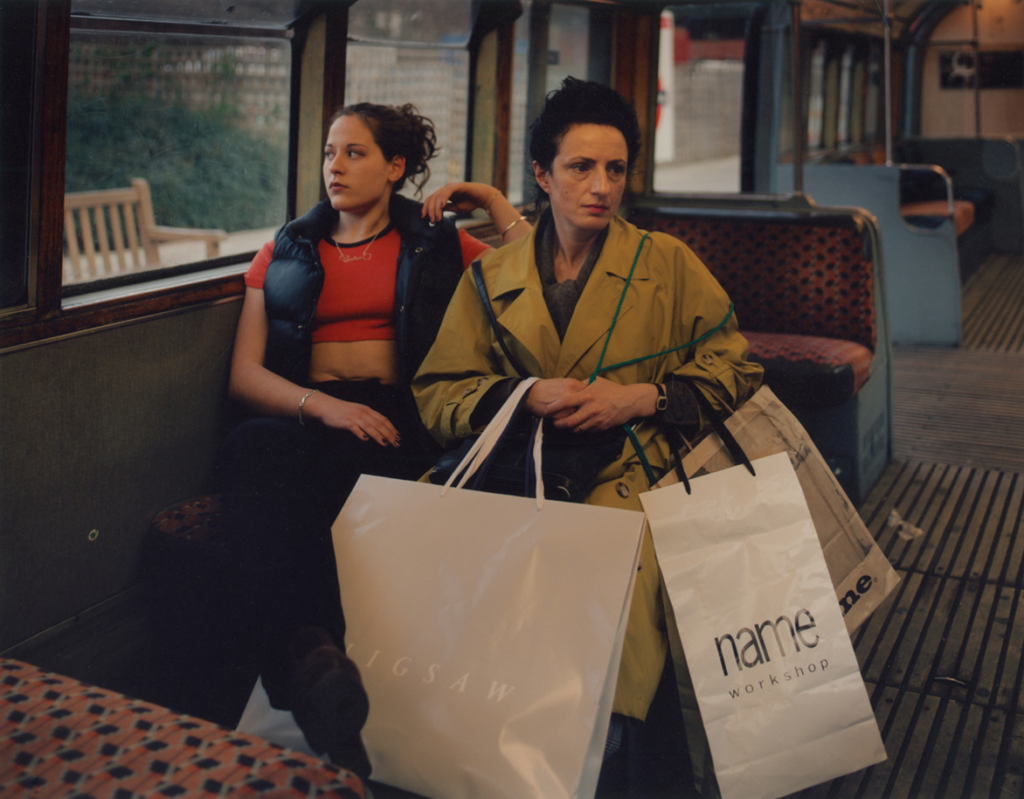
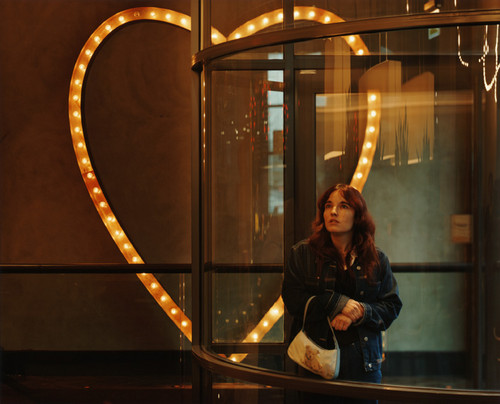
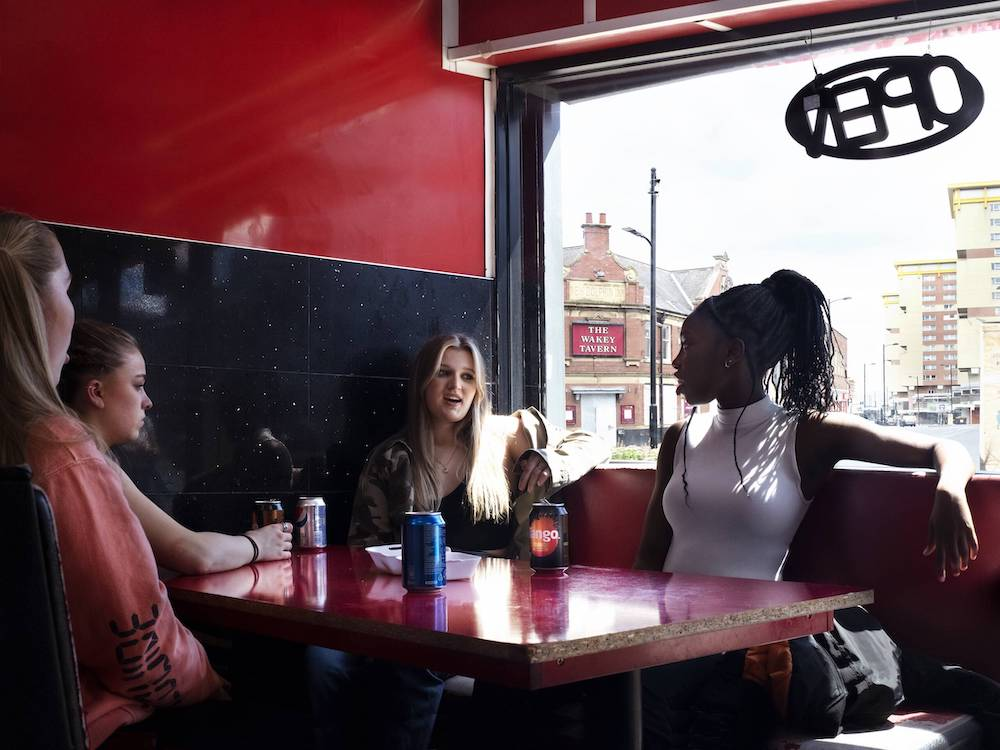
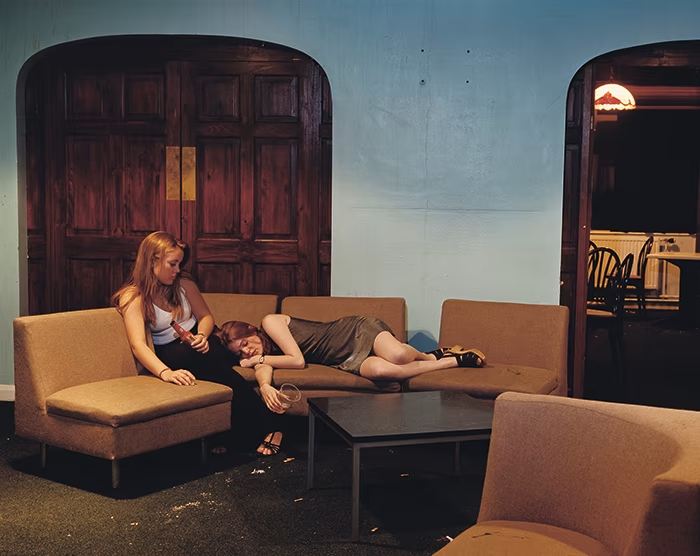
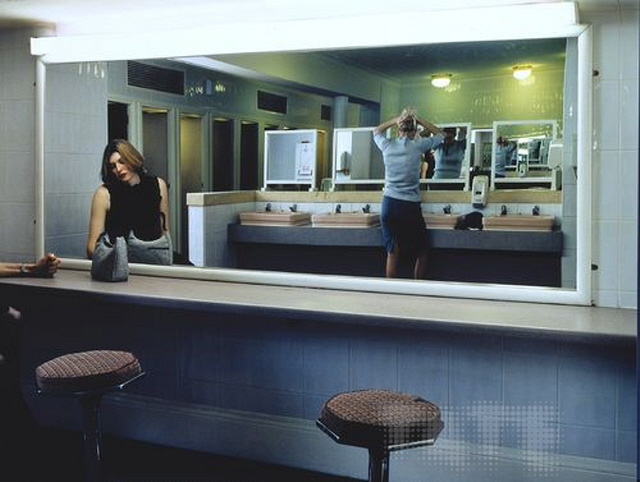
Hannah Starkey is a British photographer who specializes in staged settings of women in city environments, based in London. In 2019 she was awarded an Honorary Fellowship of the Royal Photographic Society. Hannah Starkey: In Real Life showed at The Hepworth Wakefield in April 2023. Her photography style consists of taking images of strangers on the street that don’t seem to have any relation to the models in the image. Her type of photography would be based on staged photography which could conclude that she is trying to make the images look realistic to what people may be feeling. The idea that what the artist is looking for isn’t always where she needs them to be, so she used the idea of the scenario she saw and turned it into her own reality by staging the images she produces. Although she has a specific theme to her images, she tries to get messages across about different women in the city. Although her images are staged it doesn’t necessarily mean that they don’t have a real meaning that the artists are trying to get across. Hannah Starkey’s work is purely based on women and how they are represented in the city which could either be a stereotype or an actual representation, she likes to describe her work as “explorations of everyday experiences and observations of inner-city life from a female perspective.” This is a topic I quite like and decided to write about. However, the main reason I chose to do this artist was because it links in with the windows and mirrors theory. Hannah Starkey’s work is based on a mirror as it’s her own interpretations put into an image, she is recreating what is personal to herself as being an individual female living in the city, she makes her own experiences or possible other female experiences known to public without a shame, but some people might not gather that her images are staged just by one glance and hence not realise that this image is a window, some people could view Starkey’s images as something else and others could take offence to them, it’s all o do with stereotypes and how women are portrayed. I like that she sticks to her theme and doesn’t add any male models into her images. It shows that she is dedicated to show some of her life events as a woman.
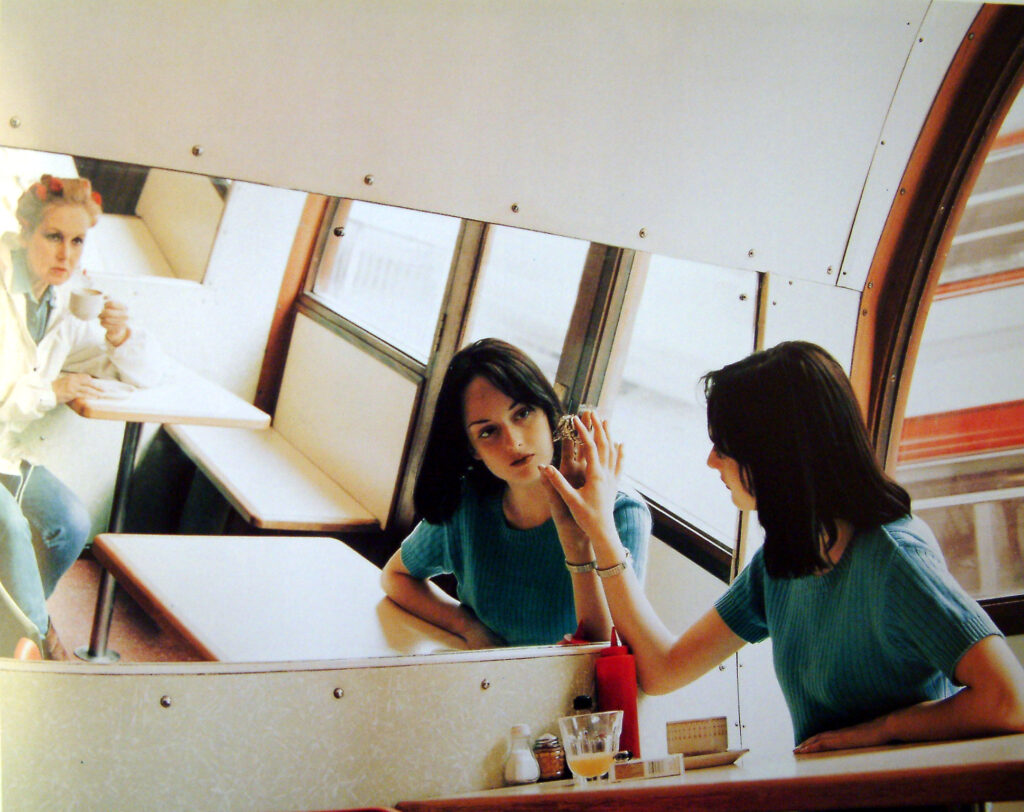
Untitled, May 1997
This image is quite detailed and has two models, both models are posing for the image but not in a way you would when you know that someone is taking an image of you, this image is staged, this is meant to portray a women’s daily life and how women’s lives have been changed throughout the years. I really like how colourful this image is as most of the artists I looked at had images in black and white, although the aim of black and white photos is to restrict any distractions to the image, the idea that black and white images are easier to observe. However I do quite like a coloured photo as colours could link together and make the image look more put together, everything looks like it falls in place, this could make the image look staged but still shows that the photographer has a main target they want to capture. This image is quite powerful in presenting what a female might feel on a day-to-day basis. Starkey states that she thinks the outcome of her images is mainly based on an experience led thing rather than just projecting how a women might act or feel. She states that the female eye senses anything that is tied up in those kind of sexualised images- the sort of image that’s being used to sell stuff. She also suggests that things are changing and will continue to change in her time of working/ taking photographs, her aim was to evaluate how women are represented and what access women must make these representations themselves. She states “When you come into your professional career or your education, you will always have a legacy of what’s gone before you. You tend to want to rebalance or readjust that. So for me, that was all about the representation of women and to try to find a different way” which can suggest that she wants to see how much power she holds as a women and what she can put out on social media, how many views she might get and what type of retaliation she might get back from her work. Her work is basically an experiment to see how much recognition women get and to find out when they well get noticed. She also states how she disliked the way women were represented “I guess from about 2000 onwards, the mainstream media seemed to be very heavily influenced by the language of porn, and there was a while when it became so suffocating. It seemed like the “go to” way to present women – it’s not about prudishness or double standards, it’s just that there are many ways to make a woman look attractive, but the dominant aesthetic was just this one way.” The reality of the world has been shown and objectifies women in many ways, when taking an image of a women to always make sure she looks good, good enough to represent all women, this leads to women’s photos being edited to look thinner and prettier which effects many people today, the idea women need to look a certain way to please the public eye is quite disgusting and all women should be proud and content about their appearances. This isn’t seen as a problem just for women but men too. There has been much written about how men and women might photograph each other differently, and while it’s not something that is necessarily straightforwardly easy to quantify or put into words, it shows us how social media is fake and nothing is seen to be true anymore and Hannah Starkey has researched the how women are identified as she relates to that topic a lot more and likes to have a different message and interpretation for each image.
